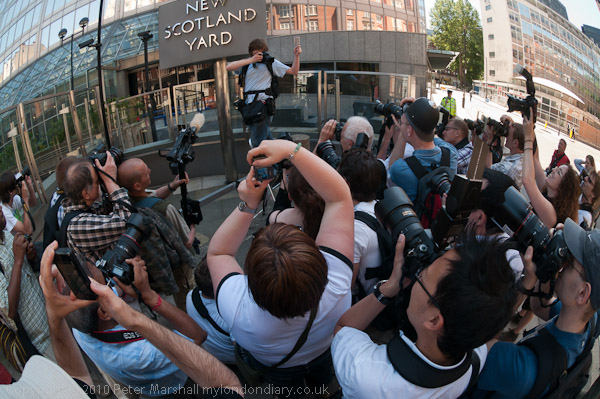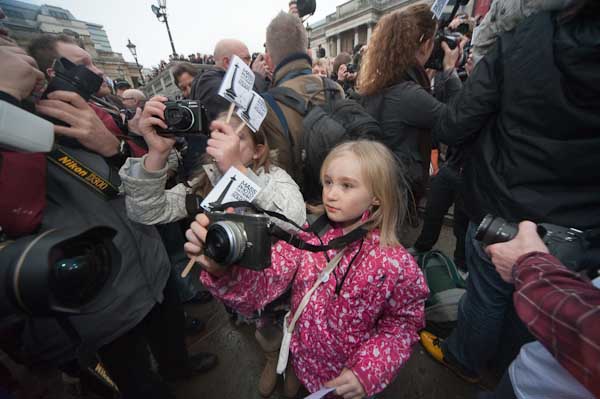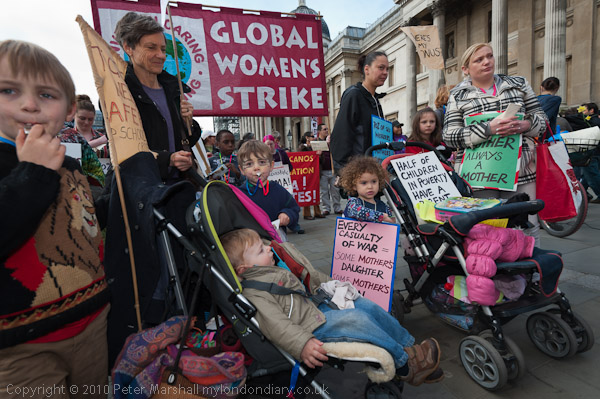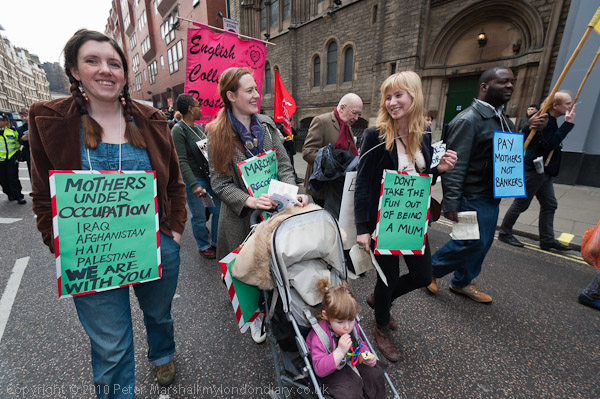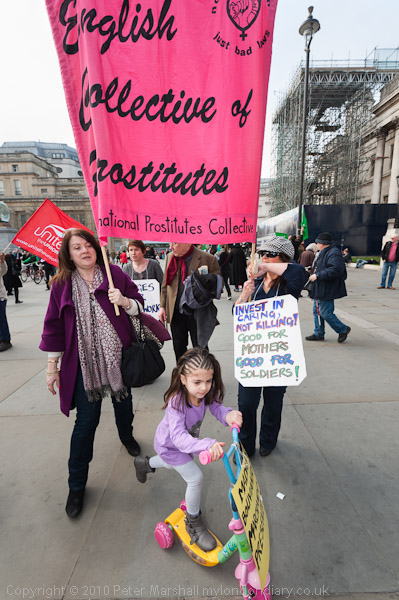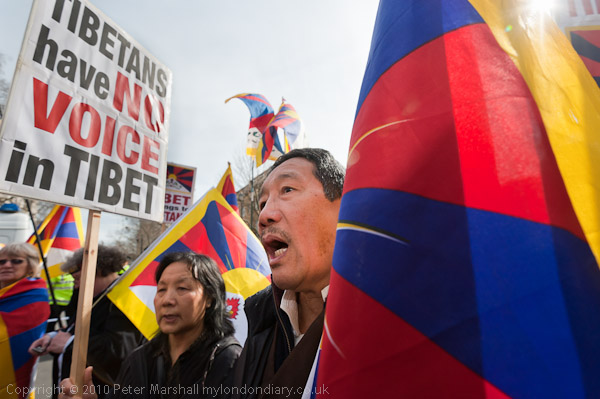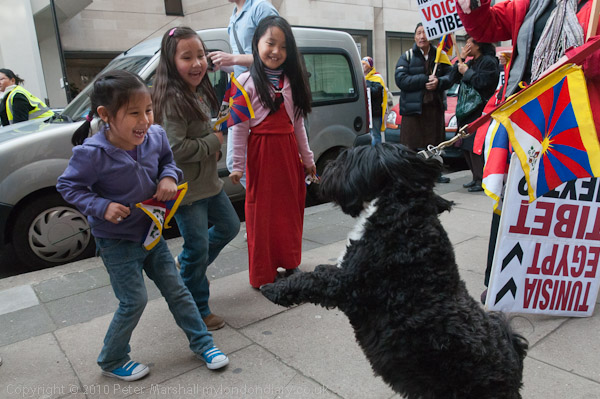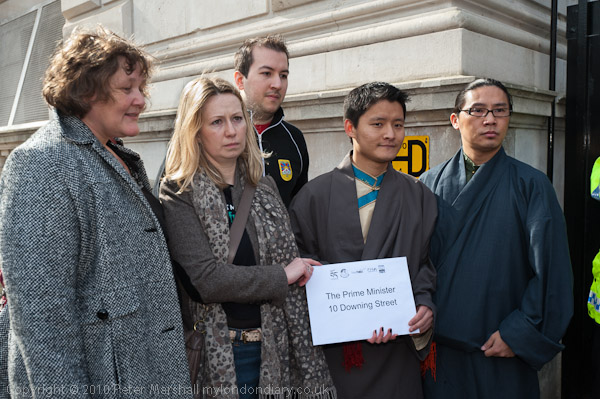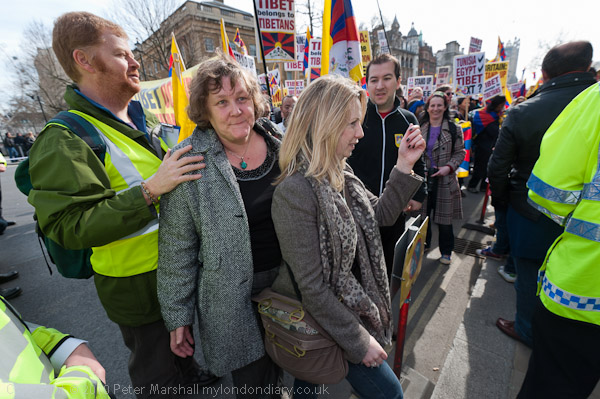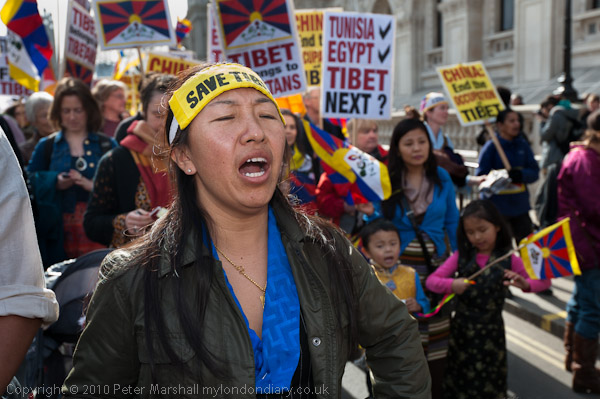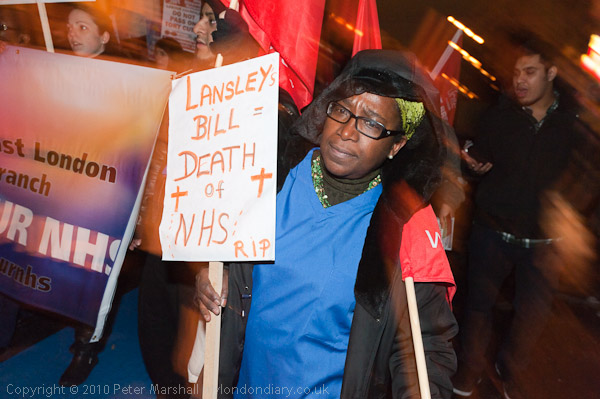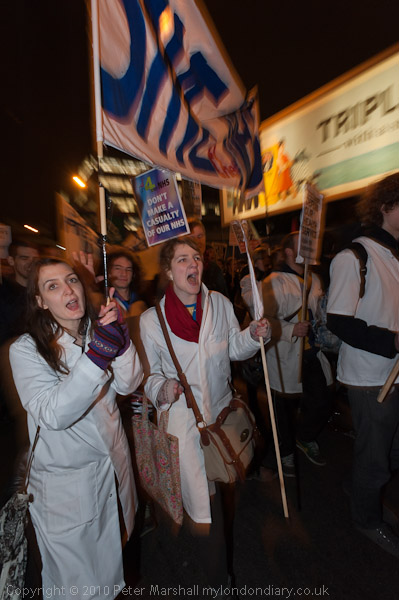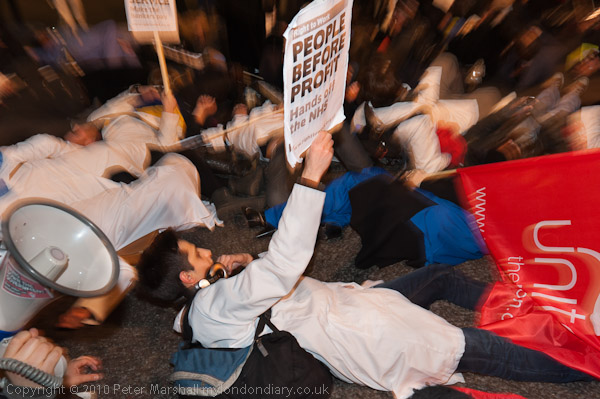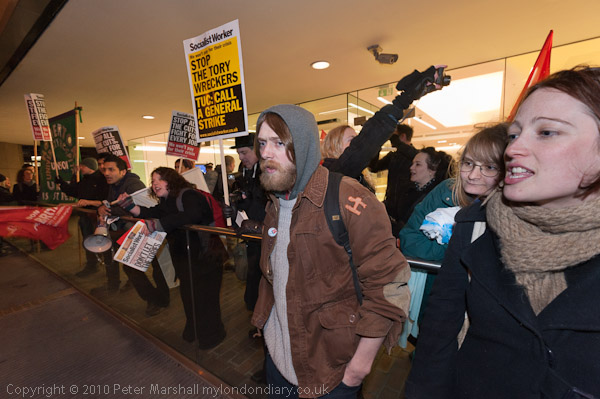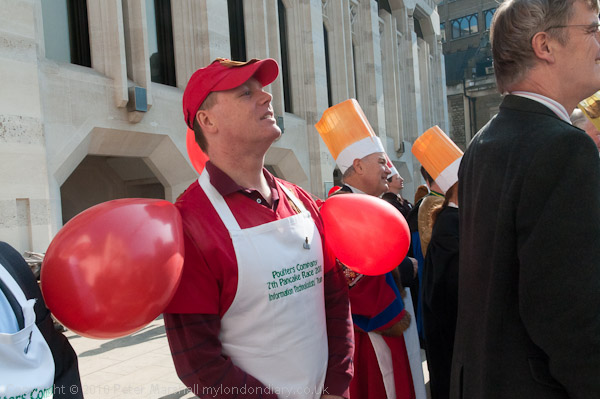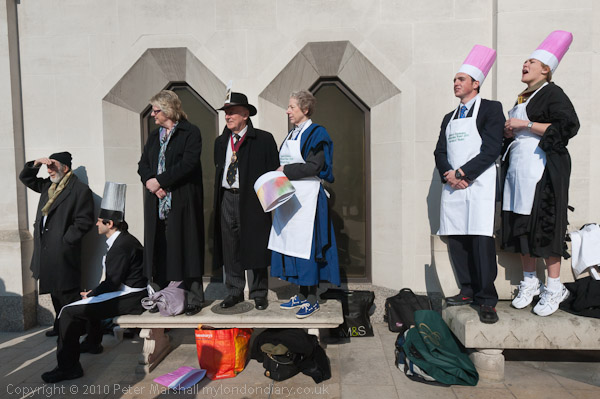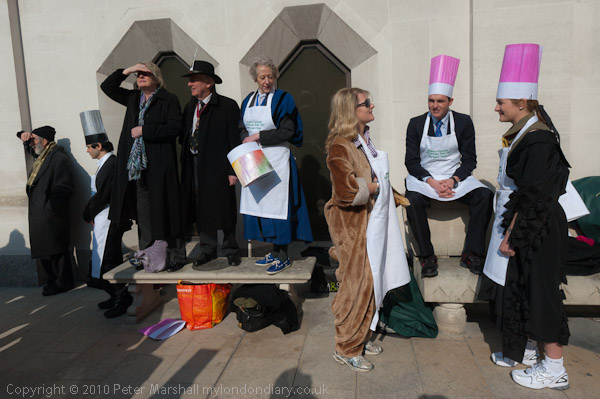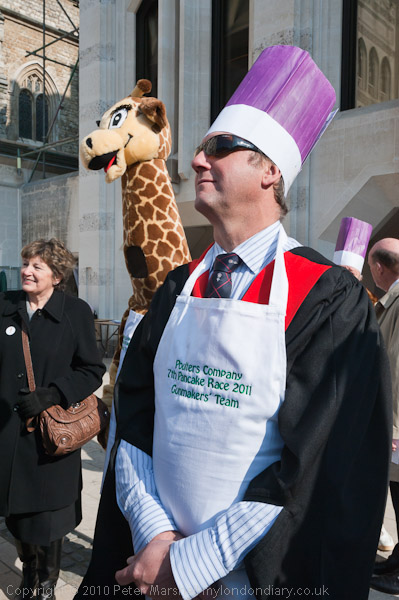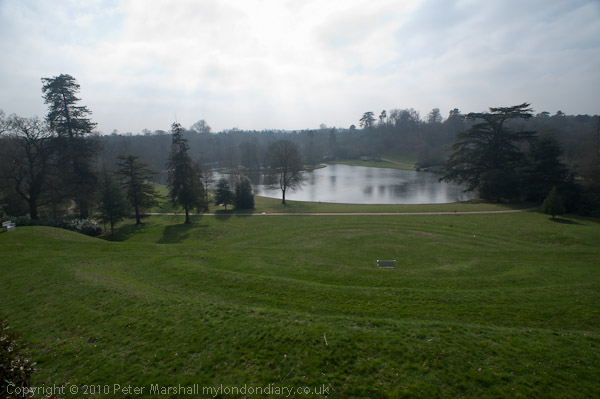I almost put down the mouse and clapped when I read on A Photo Editor the post Richard Prince Loses Fair Use Argument and I think all photographers should drink a toast to US District Judge Deborah A. Batts for her ruling on the case.
It’s dealt with so well on A Photo Editor that there really is not a great deal for me to add other than my applause, which also goes to its author Rob Haggart, and to some of those who have commented on the post, who include another photographer whose work was ripped off by Prince.
But what I think reflects so badly on the wider photography and art community is that the work of Richard Prince has ever been given any credence. That any gallery has ever exhibited or sold it. That magazines with a high reputation in the photographic world have published it. That idiots have bought it (or perhaps I should say invested in it.)
As for the $18 million that people seemed to have paid for it, frankly it beggars belief. But I think I made my own views about Mr Prince and his work clear several years ago in A genuine Richard Prince photograph? though then I was rather too kind towards him.
I imagine Prince and Gagosian, his gallery, will appeal, and if so I very much hope the decision will be upheld, not because of any particular animosity towards those concerned but because of what the whole case implies about the status of photography, and of documentary photography in particular as their case asserted that Patrick Cariou’s photographs “are mere compilations of facts concerning Rastafarians and the Jamaican landscape, arranged with minimum creativity in a manner typical of their genre, and that the Photos are therefore not protectable as a matter of law.” Of course legally it is nonsense (and I think a nonsense settled in courts in the nineteenth century when copyright protection was extended to photographs) but as QT Luong points out in a comment to the piece, it is a widespread if “particularly arrogant and insulting expression of how the art world views documentary photography.
Given there is very little justice in this world whichever way it goes they will still both be laughing all the way to the bank. Even the maximum statutory damages if awarded would only make a minor dent in their profits and the publicity from the settlement would probably increase the value of the works they still hold by a greater amount.
Perhaps the only thing that could truly dent the party a little is if they Emperor’s new clothes were to be widely seen for what they are.
